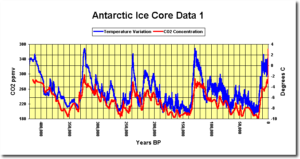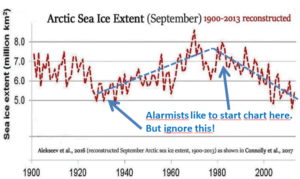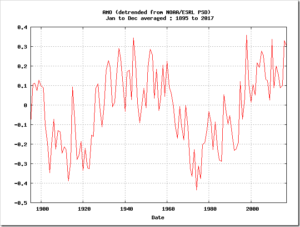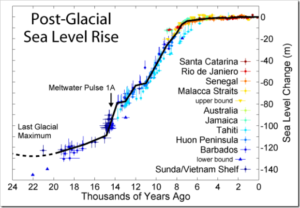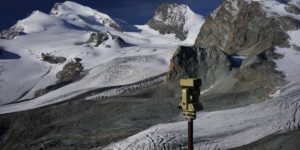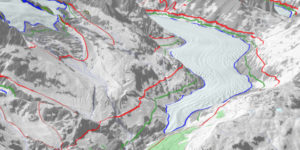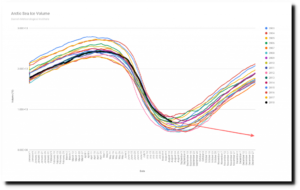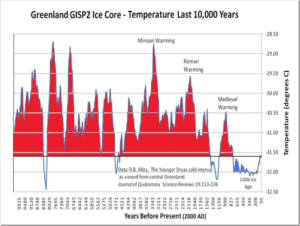by Kip Hansen, August 27, 2018 in WUWT
Note: Please read Part 1 before reading this — this is a continuation of that essay (a rather long continuation….).
…
Readers will have heard the line “multiple lines of evidence” attached to the attribution of anthropogenic causes. However, that phrase is used only once in AR5 SPM as “Multiple lines of evidence indicate a strong, consistent, almost linear relationship between cumulative CO2 emissions and projected global temperature change to the year 2100….” I’m sure I don’t need to point out that there is never ever evidence about the future…..They do not claim in the Summary for Policy Makers that there are multiple lines of evidence for the attribution statement that apply to the past-to-present.

